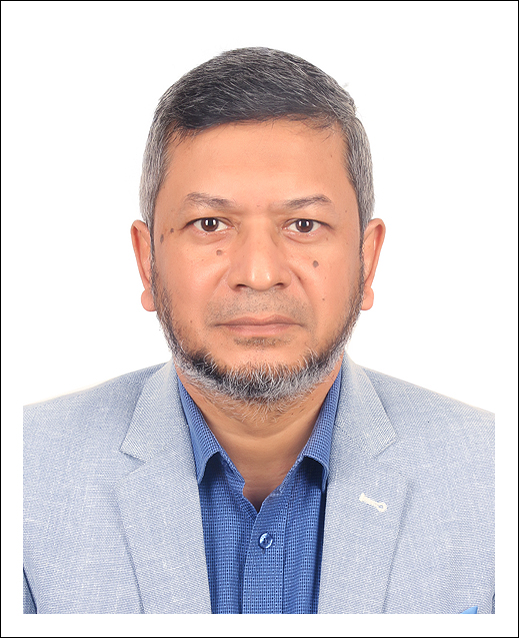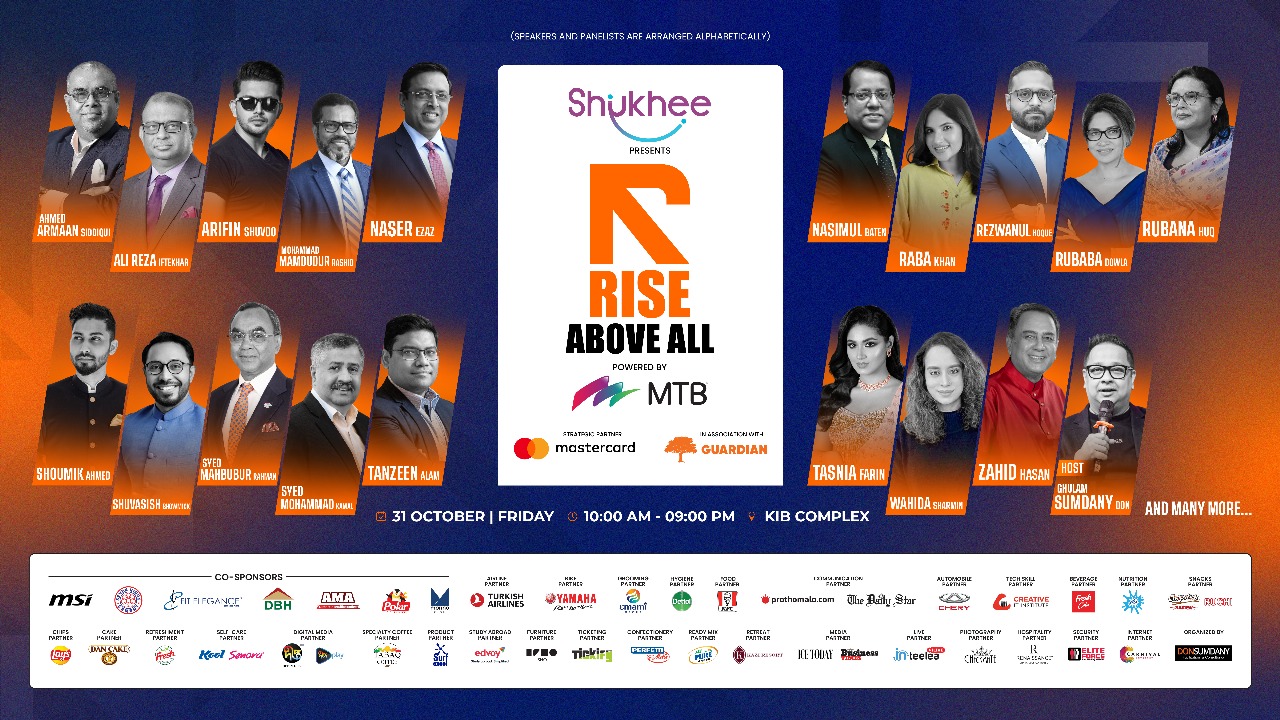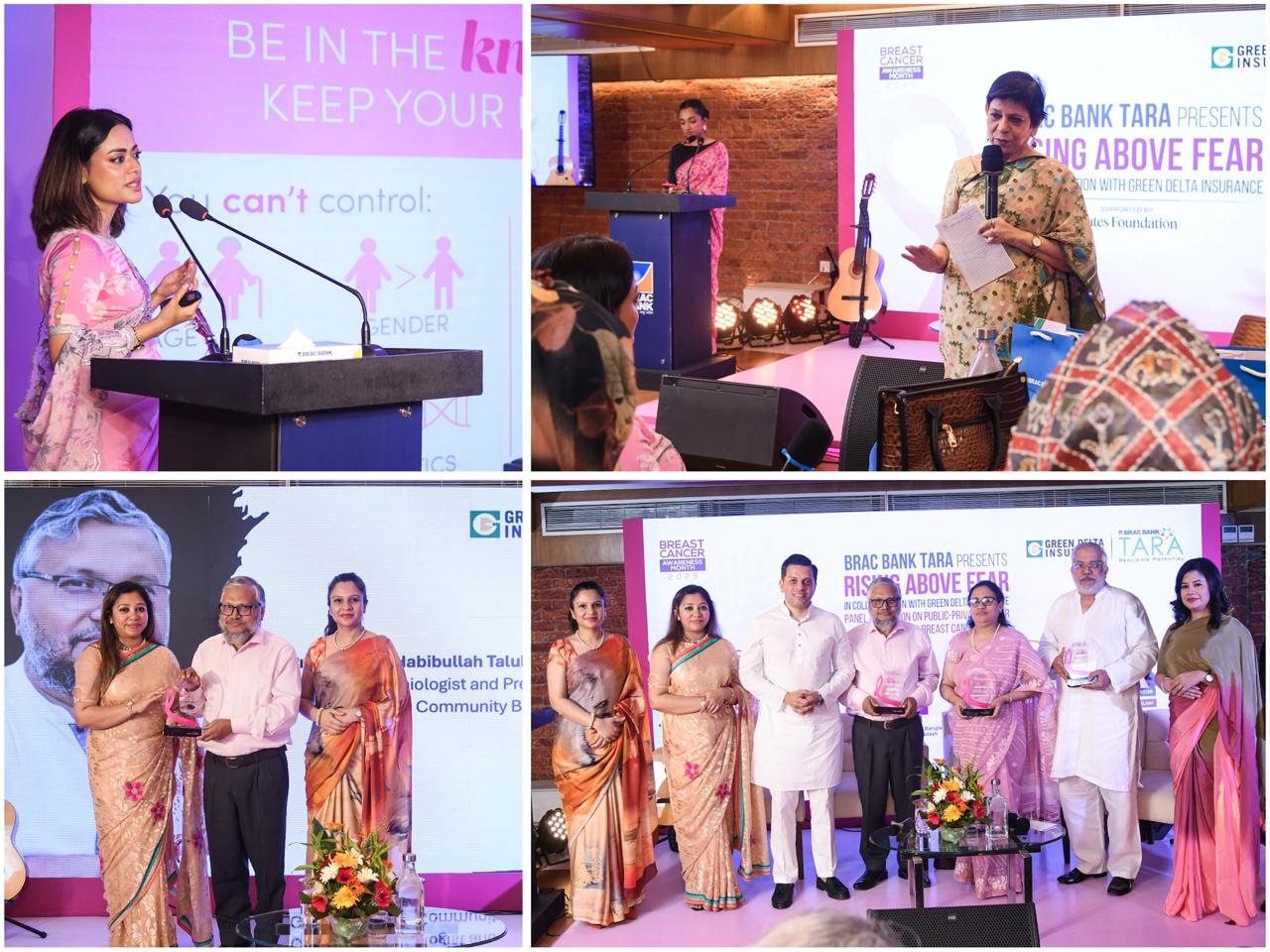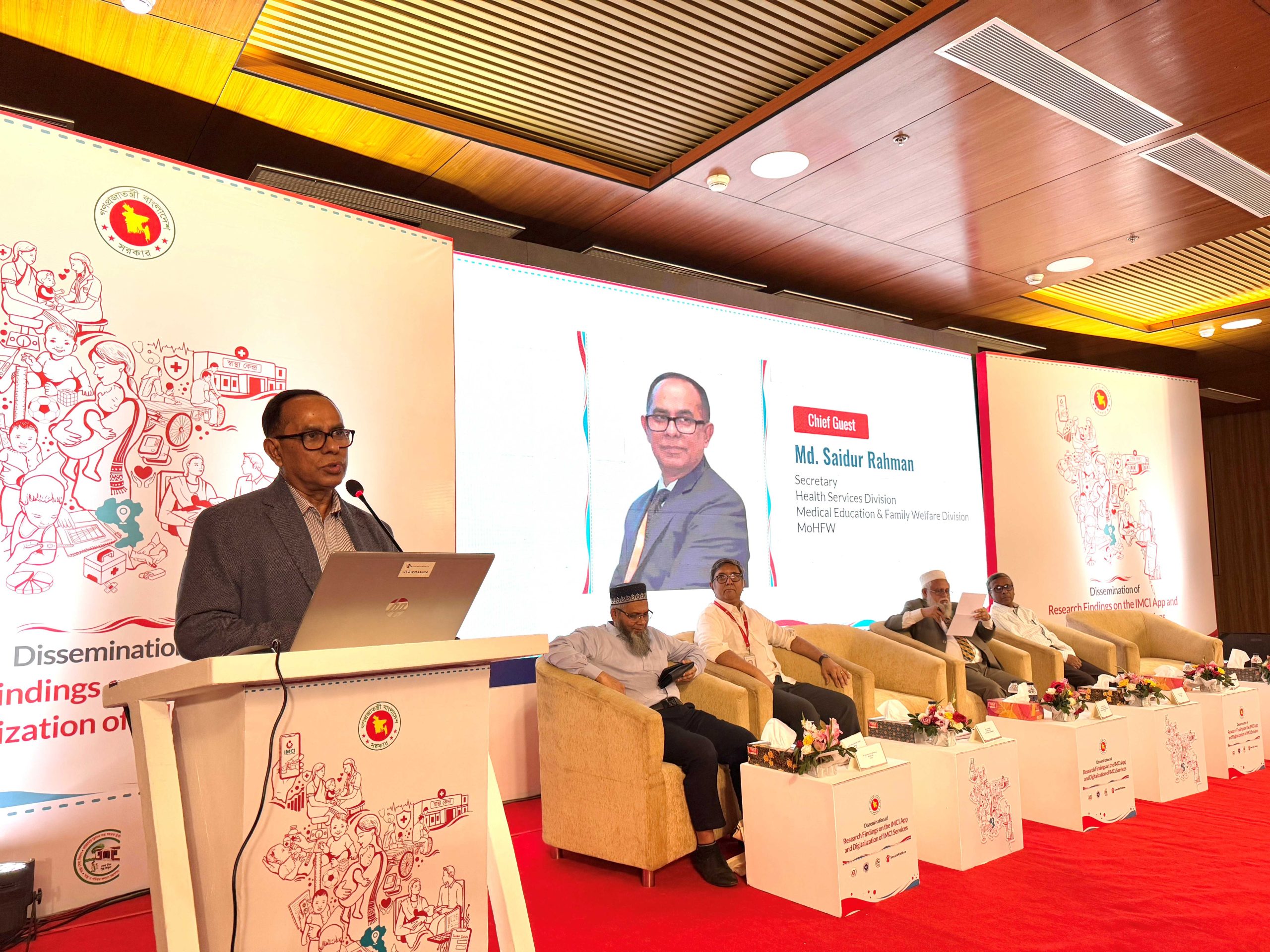Bangladesh is in the midst of a transformation that began in the early part of the 1980s albeit at a slow pace. Once dubbed as ‘international basket case’ by former US Secretary of State, Henry Kissinger, for its greater reliance on external aid to feed its large population, Bangladesh is now self-sufficient in food and has been growing at an average rate of over 6.0% for the past few years. Its GDP grew at 7.02% in the last financial year (2015-16) and this fiscal period it is poised to grow by 7.2%. International research groups and organizations are now seeing lots of potential in this country and tagging various ear-soothing titles with its name.
The involvement of women in income generating activities has helped elevate their status at both society and family levels.
Domestically and internationally, Bangladesh is being seen as both a half-full and a half-empty glass. The fact remains that it has never been an empty glass, meaning that it always had great potential. What is even more satisfying is that its potential and performance is finally getting the recognition it deserves.
As the process of transformation carries on, it is important to know the state of Bangladeshi women. Are they still confined to the four walls of their houses in a male-dominated society? It is difficult to get a straight answer.
There is no denying that the majority of the women are still engaged in their traditional homemaking roles but there have been deviations. Some of them have broken the shackles, moved out the confinement of their homes and have taken up meaningful economic roles. Though society is yet to give up its traditional attitude towards women fully, it has lost its rigidity regarding restricting them to homemaking roles.
That woman belonging to middle and upper class would enhance their role in most segments of society is nothing surprising. Yet the path of their progress has not been without trouble and still, they are finding it hard to make their entry into some areas of the economy.
But what has been most spectacular development is the economic empowerment of the poor rural women during the last three decades. Their empowerment, in fact, has been a dream come true. The export-oriented garments industry and microfinance options, together, have revolutionized the life of poor rural women in particular. Both avenues have successfully helped women pull themselves out of their four walls situation and offered before them the opportunities to make valuable economic contributions, regardless of the meager finance rewards.
Microfinance operations, led by the Grameen Bank (GB) of Nobel Laureate, Dr. Muhammad Yunus, notwithstanding all the criticisms centering the exorbitant rates of interest, have helped millions of poor rural women and their families to eke out a living in difficult socio-economic conditions.
There is no denying that microfinance has produced mixed results. Women who borrowed from the non-governmental organizations (NGOs) efficiently by investing in productive activities were benefitted the most. On the other hand, who used whole or part of the borrowed funds for consumption purposes, could hardly come out of the poverty cycle. Overall, the impact of microfinance has been far greater than any other activity on rural women.
The involvement of women in income generating activities has helped elevate their status at both society and family levels. The male attitude towards women has softened, to some extent, over the years notwithstanding the fact any radical change in the chauvinistic attitude of the males would take some more time.
The most visible empowerment came through the country’s apparel sector. More than 90% of 4.0 million workers in the apparel sector are women. The majority of the women workforce in the readymade garments (RMG) sector belong to rural areas. Women workers in their thousands are seen walking in big processions to their factories soon after dawn and returning home after dusk. Even three decades back, all these developments were inconceivable.
Women are also working in the construction sector, side by side with male workers. Their participation is also visible in other areas of the economy. The reality is that for the sake of their own survival, the women are not hesitating to take up menial jobs that traditionally used to be filled up by male wage earners. A society that once used to be described as ‘conservative’ also does not take exception to women working shoulder to shoulder with their male counterparts.
However, women workers are very often treated unfairly when it comes to the fixation of wages. Women daily wage earners are given less than what the members of the opposite sex get.
As the process of transformation carries on, it is important to know the state of Bangladeshi women.
The overall approach of society towards women has been changing with families attaching greater importance to imparting education to their female members. That is why enrollment of girls in schools and colleges is almost on a par with that of boys. However, it would take more time for society to mete out equal treatment to its female members in all affairs.
Another issue – the problems of women entrepreneurs – is often discussed in the public domain. Women are generally engaged in micro, small and medium enterprises. Large enterprises run by women entrepreneurs are very few in numbers.
That the women entrepreneurs would face problems while starting their business operations or running those is nothing surprising when their male counterparts have to bear with difficulties of all sorts. Women entrepreneurs at the micro level do not face as many hurdles as the women operating SMEs. Micro-level women entrepreneurs do manage funds from the NGOs rather easily. Securing funds become difficult if they default on loan repayments.
Neverthless, the situation is altogether different for women wanting to start SMEs or running the same. They have been facing lots of hurdles while trying to manage finances. The policymakers and bankers make claims that things have been made easier for women seeking finances from banks and similar institutions but women entrepreneurs do often refer to difficulty in securing the same. They allege that getting funds from formal sources is still too difficult.
However, they do agree on one issue that the overall business environment for women has improved. More and more women are securing jobs, including top ones, in administration, banking and other areas of the economy these days. The women entrepreneurs are pinning hope on cooperation and support from them (professional women). Hopefully, this will further improve their standing in society and bring in greater economic contributions.















